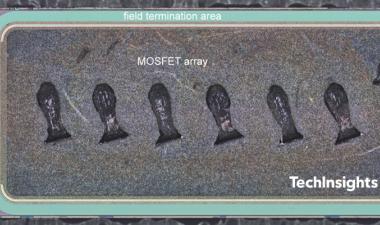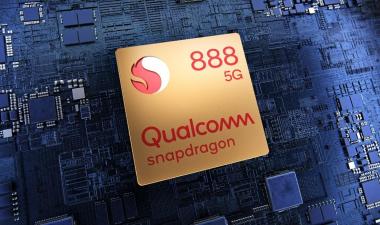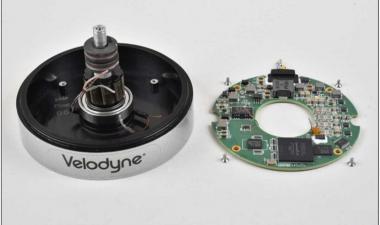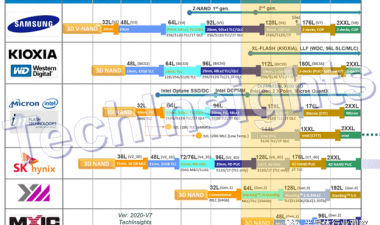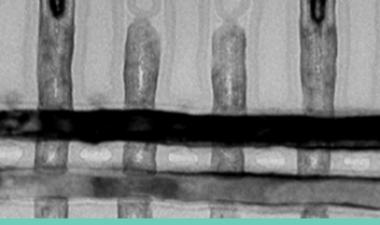发布时间:2012年9月21日
Apple is considered by many to be the leader of the smartphone market. Within 5 years, Apple has generated over $150 billion in revenue from the iPhone family of handsets and accessories (according to research firm Strategy Analytics) and over 100 million units of the iPhone itself have been purchased by consumers. With an estimated 2 million units sold via Apple’s online pre-order system for their latest handset, the Cupertino-based company doesn’t plan on relinquishing that title of “king of the smartphone” any time soon. Touted by many as the most innovative iPhone since its introduction – the Apple iPhone 5 offers Apple’s first re-design of their flagship product since the “squaring” of the iPhone 4. The iPhone 5 marks Apple’s first time moving beyond their 3.5” touchscreen comfort zone, with the introduction of a lengthened 4.0 inch screen.
作为第一个从传统的3.5英寸屏幕转移的iPhone系列中,最新的iPhone现在拥有更大的视网膜显示器,分辨率为1136 x 640和326像素/平方英寸(PPI)。Apple iPhone 5的设计具有较大尺寸的尺寸也重新引入了使用iPhone 3GS的前后制造模型。一个奇迹如果苹果公司选择的电子制造工厂,在设计变化中有任何影响,因为前回来的制造将使装配更容易。
Since the introduction of the iPhone by Apple in January of 2007, the handset has been the very definition of “iterative improvement”. The first iPhone, with its multi-touch screen and application-based environment, was considered revolutionary to the smartphone segment. Since that time, there has been five generations of iPhone models, each one improving on the model preceding it. Marketed as the most dramatic improvement of the iPhone – does the iPhone 5 really differ much from its descendents? Let’s take a look inside to understand what changes at the component level the iPhone 5 reveals.

Inside Apple iPhone 5
iPhone 5内部仔细看看
For the fact that there are different flavors of the iPhone 5 – ours is the A1428 model, optimized for the AT&T and Canada’s LTE networks.
Apple的成功钥匙之一是他们的组件选择。在供应链的高级VP的方向下,现在当前首席执行官蒂姆库克,Apple开发了来自第一款iPhone的开发的供应商关系,只能加强手机的迭代。从供应链的角度来看,这告诉我们的是,苹果在他们与半导体制造商的伙伴关系中相对较为稳定 - 为那些目前没有与苹果的制造商带来几乎不存在的机会。For example, ten manufacturers who found themselves with design wins in the original iPhone, found themselves with the same socket wins within the iPhone 5. A quick look inside Apple’s latest handset reveals that larger semiconductor manufacturers like Samsung, Texas Instruments and ST Microelectronics are a large part of the iPhone’s development and smaller companies like Dialog Semiconductor (provider of the main power management IC), Skyworks (providers of the baseband power amplifier modules) and TriQuint (providers of the power amplifier modules) continue to gain massively with their socket wins inside the iPhone 5.
Apple iPhone 5 Board Shots
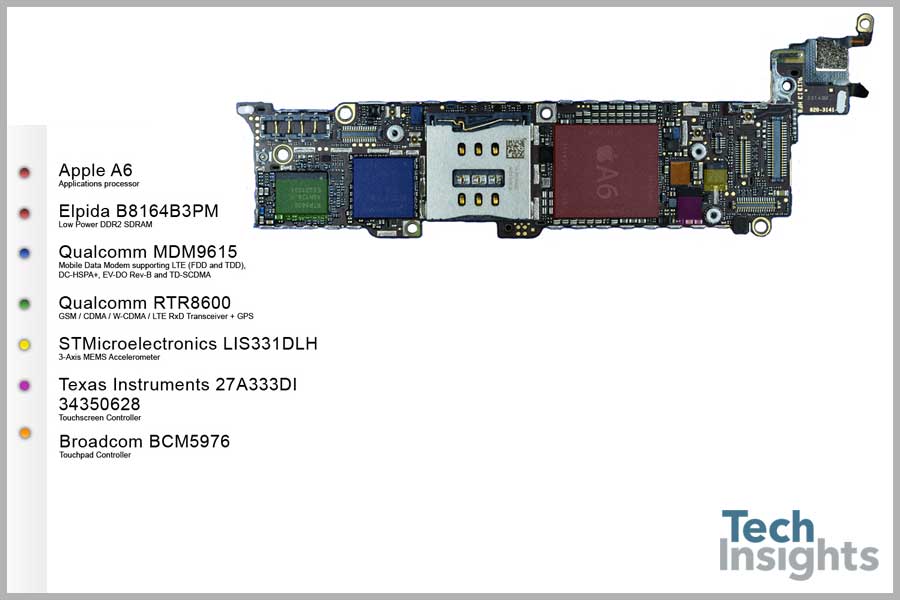
Apple iPhone 5 Board Shot

Apple iPhone 5 Board Shot
In fact, it is often major news when Apple does decide to replace a manufacturer on a key component selected for the iPhone. For example, it was newsworthy when Apple made the switch from utilizing Infineon-manufactured baseband processors to those from Qualcomm. That transition was made rather slowly though, as Apple created a GSM version of the iPhone 4 using an Infineon baseband processor and a CDMA version of the same handset using Qualcomm’s baseband chip. The switch to Qualcomm seemed imminent as the IC selected for the CDMA version, had GSM capability. To the surprise of few, the iPhone 5 continues to use Qualcomm baseband circuitry.
The iPhone 5 also heralds Apple’s move into the 4G wireless landscape. Apple’s latest handset is the first to incorporate LTE baseband, matching the baseband capability of the 3rd generation iPad. Within this handset lies three design wins for Qualcomm, all relative to their LTE technology. The “crown jewel” of these ICs is the MDM9615. This device, manufactured at the 28nm process node, is a mobile data modem that supports LTE (FDD and TDD), DC-HSPA+, EV-DO Rev-B and TD-SCDMA, making it a truly global baseband IC – capable of functioning on any carrier. With the MDM9615 are the natural pairs of the PM8018 power management IC and the RTR8600 quad-band transceiver with GPS. All three are part of Qualcomm’s LTE ecosystem and were selected because of their operability with each other.
MDM9615
PM8018
RTR8600
iPhone 4,iPhone 4S和iPhone 5的成本计算比较
iPhone 4,iPhone 4S和iPhone 5的成本计算比较
Returning to what is now their sixth appearance within the iPhone 5, is STMicroelectronics paired accelerometers – the L3G4200DH 3-axis digital MEMS gyroscope and the LIS331DLH 3-Axis MEMS accelerometer. Apple feels very comfortable with both of these devices and one wonders if Nintendo will continue to use these same ICs as well in their next console, the Wii U.
说到熟悉的制造商,对话框半导体ductor retains its Power Management IC socket with a new device, the Agatha II, or the D2013. Cirrus Logic also retains their audio codec in the iPhone family as well.

Dialog D2013

Cirrus Logic
For the memory on the iPhone 5, the 32 GB of NAND flash on our device is provided by SanDisk. The processor memory is found on a package-on-package (PoP) with the A6 applications processor. For our handset, our PoP utilized Elpida’s B8164B3PM 1 GB Low-Power DDR2 (LPDDR2) SDRAM.
最后,Broadcom在iPhone 5中维护其主要设计胜利,主要赢得Broadcom的BCM4334单芯片双频带802.11n,蓝牙4.0 + HS&FM接收器组合芯片,提供了与手机的无线连接。在三星Galaxy S3中发现了同样的模具,所以话说,这个组合装置是目前WiFi的王。
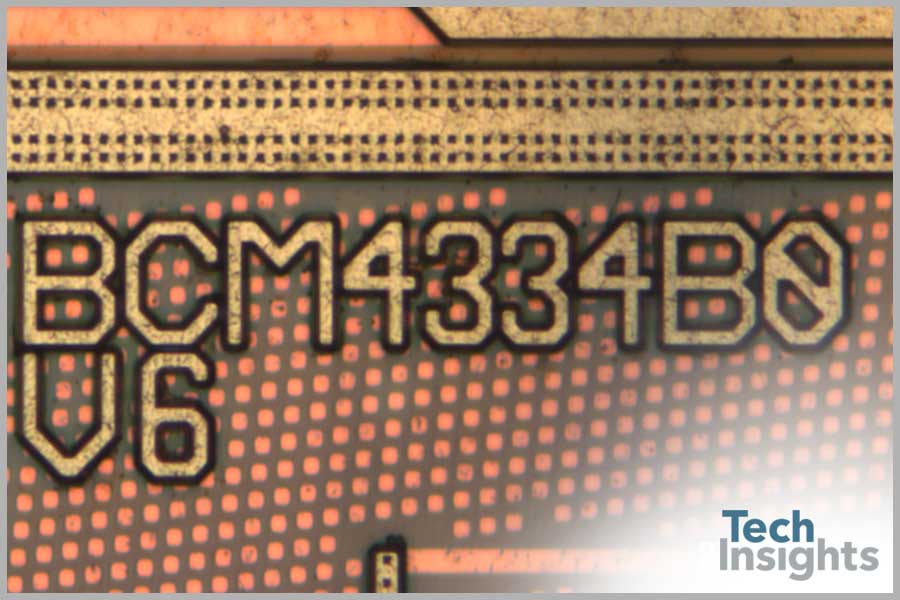
BCM4334

A6处理器
Dissecting the A6 Processor
Apple还使用了这种iPhone的迭代来介绍他们的最新处理器,这是众多预期的多核CPU和四核GPU A6处理器。关于这个苹果定制设计的新处理器有很多问题 - 最有趣的是,它是CPU中核心数量的谜团以及它们类型的核心。我们会看一下A6的四核ARM Cortex-A9实施,还是我们正在查看由ARM最新核心的双核处理器,Cortex-A15?Apple已承诺两倍的A5和图形功能的两倍。
A6在哪里被捏造也是一个神秘岛吗y. Apple has partnered with Samsung for every generation of the A”x” family of processors but recent litigious activities over patents related to competing handsets and rumors of a partnership with Taiwanese-based TSMC have led to many wondering who Apple has selected to make the brain of the iPhone 5. An early analysis of the die markings of the A6 reveal markings that are similar to the Samsung markings found in the A4 and A5 processors.
Also of interest is which ARM core is behind the CPU and if the promises of low power consumption are a tell that Apple has made the move to the 28nm process node. Apple introduced processors manufactured at Samsung’s 32nm process node with the A5 found in the 2nd generation Apple TV but TSMC has been in mass production with 28nm for quite some time now. We’re doing a cross-section to verify the process, but the die shrink of 95.04 mm2 is much smaller than the 162.54 mm2 of the Apple A5X processor and the 45nm version of the A5 processor which was also a large 122.21 mm2.
所以有it, the heart of the Apple’s family of product cut wide open for all the world to see. Based on early sales figures, this latest version of the iPhone has struck a chord with consumers and the love affair with the sleekly designed handset will continue for many across the world today.
Comparison of APL series applications processors
Comparison of APL series applications processors

Inside
Primary Camera - Design win by Sony
与前一代的iPhone 4 sIMX145, infra-red imaging did not show the same die markings. Only a lonely little "SONY". When we measured the pixel, we did find it to be 1.4 µm, similar to the IMX145 and we know that the published specifications are also similar. Further analysis will determine the unique features of this sensor.
The companies in question are only in such a marquee product because they are innovative, have solid supply chains, drive down cost, and deliver excellent image quality.
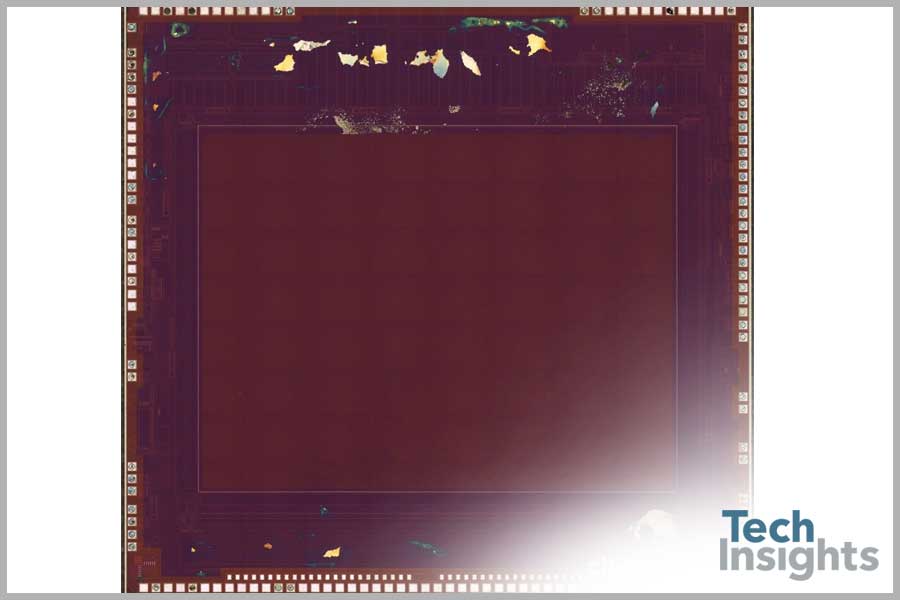
iPhone 5 Primary Camera / Sony Image Sensor Die Photo (filters intact)
Sony Sensor Features:
- Resolution = 8 Mp
- Module dimensions = 8.0 mm x 8.7 mm x 5.2 mm
- Pixel Size = 1.4 µm, back illuminated
- Die size = 6.15 mm x 5.81 mm

iPhone 5 Secondary Camera / OmniVision Image Sensor Die Photo (filters removed)
OmniVision Sensor Features:
- Resolution = 1.2 Mp
- 模块尺寸= 5.5 mm x 6.0 mm x 3.6 mm
- Pixel Size = 1.75 µm pixel size, back-illuminated
- Die size = 3.35 mm x 4.15 mm
What is impressive about these sensors, and the whole system in general, is how Apple has delivered a thinner (and lighter) phone. If you allow us a bit of a digression, achieving this is likely a combination of several things including a thin touch screen with fewer layers, a thin battery, and the use of thin camera modules using the latest technology. The battery is just a battery so a picture will do.

iPhone 4S battery at left vs iPhone 5 battery at right
In conclusion, the camera modules are amazing pieces of technology in and of themselves, and what the image sensor manufacturers have been able to achieve to deliver high quality shots with very tiny pixels is nothing short of amazing. In total they contribute to a phone that seems to be substantially new, despite what many of the early reviews felt. (the author) is no Apple fan-boy, but to give credit where it is due (unlike the iPhone 4S and maybe even the iPhone 3), the iPhone 5 seems to be the culmination of several useful and valuable tweaks to result in a genuinely better overall system. You will hear more about this when we post depots of all the major silicon.






















